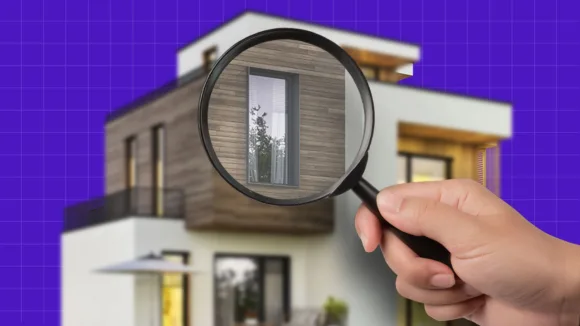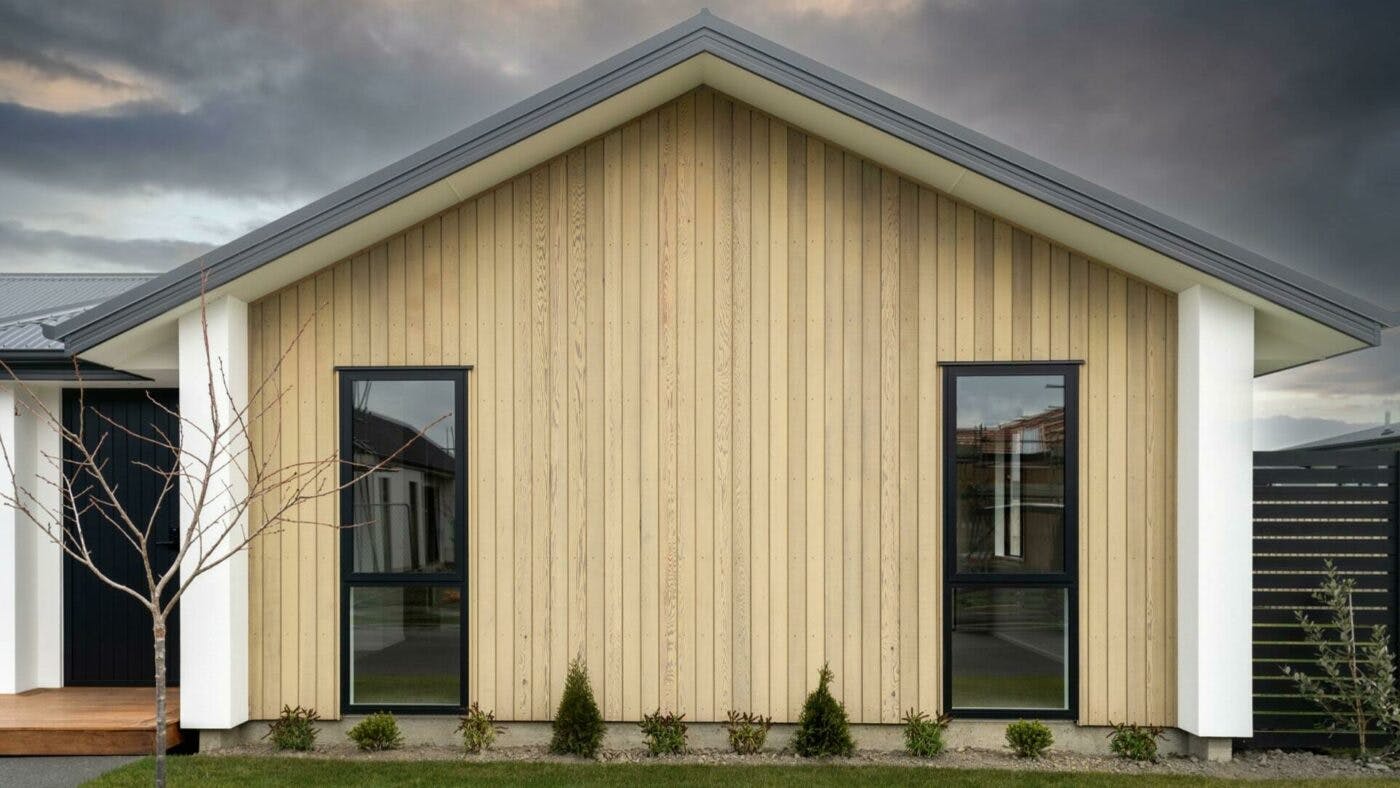
Property Investment
What happens in due diligence for an investment property?
This article shows you exactly what you need to do as a property investor during due diligence. This includes costs and a step by step guide of what to do.
Property Management
6 min read

Author: Andrew Nicol
Managing Director, 20+ Years' Experience Investing In Property, Author & Host
Reviewed by: Tom Greene
Business Development Manager with 5 years Property Management industry experience. Property Investor in Christchurch
After months of waiting, the date is finally here: Your new build property now exists in the flesh and you get your invite to do a pre-settlement inspection.
There is a lot more to a pre-settlement inspection than just rocking up to your property, checking it’s built, and calling it a day.
This is your opportunity to check the developer has built the property they promised. Ensure everything matches the sales contract, check construction quality and fixtures, and confirm appliances and features are working properly.
So, in this article you’ll learn what happens at a pre-settlement inspection and you’ll get a list of what you should be looking out for.
And if you have a question, write your questions or thoughts in the comments section below.
A pre-settlement inspection is your chance to find anything that is broken or not quite finished with your property (list of what to check below). You then brief the developer and builder on what they need to fix before settlement is made.
That’s why you want to test that everything works and the developer hasn’t missed anything.
This takes a bit of time. For a good, clean, finished product, you should allow 30 minutes to complete a standard 2-bed townhouse. But for a 3-level townhouse, allow 45 minutes to test everything.
As you go through the property you should mark any changes either with a “post it” note or sticky red dot. This will alert the builder to a required change. You should also note this down yourself to send an email summary to the developer.
Just bear in mind that when you do your pre-settlement inspection the property may not be 100% complete. There could still be dust on the floors, it may need a clean, and the landscaping might not be done yet.
So don’t expect a 100% complete product. You’re looking for things that need to be fixed, so the builders can make changes while they’re still on site.
A cosmetic look around a new property is quite straightforward, but there is a comprehensive list of things you need and should look for, and a process for what to do.
Before going through the below list, make sure you arrive with a copy of your sale and purchase agreement and any spec documents so you can check what’s in the property matches what you signed up for.
Here’s a list of the top things you should check, at a minimum:
For an even more comprehensive list of what to look out for, download our pre-settlement checklist here.
A pre-settlement inspection isn’t unique to New Builds. But, you do need to go through more thoroughly than you would with an existing property.
Why? Because with existing properties you’ve probably already been through the open home and have conducted building inspections. Whereas with a New Build, this will be the first time you’ve been through the property.
Investors who skip the pre-settlement inspection risk-taking on a property with glaring issues.
Now, to be fair, if there is an undiscovered issue your tenant picks up the developer will fix it (for the first 12 months). So if you do miss something, it’s not the end of the world.
But if there is something wrong that you don’t pick up pre-settlement e.g. there’s paint on the carpet, it might not be fixed straight away. That’s because a developer will often wait until there are multiple issues across the properties before sending contractors to do them in one hit.
Once you’ve gone through the property you’ll have put notes or red dots all over the place. You should also send an email to the developer summarising what needs to be fixed along with any photos or videos you’ve taken.
These will be rectified and you will have the opportunity to check again before settlement.
Most buyers purchasing an existing property will commission a builders’ report. But it is less common for a New Build. So you might be thinking – “Do I need to get a builders’ report?”
New Builds do come with a 10-year builders’ warranty, so that does mean if there is a product defect you may be covered.

But if you want additional reassurance that the property has been well built, then paying for a second pair of eyes (the building inspector) can be a good idea.
Usually, this will cost about $600-$700. The question is whether you want to pay for that reassurance or not.
It is important to note that if you are using a third party to purchase a New Build, they may do the pre-settlement inspection on your behalf.
The most important part of the pre-settlement inspection is the preparation. You need to walk in with a game plan.
You need to know what to check, and you also need your reference details like specification documents and your sale and purchase agreement.
That way you can walk in with confidence knowing exactly what you need to do and what to look for.
This means you can then brief the developer and builder on exactly what needs to happen before settlement.
Make sure to download our pre-settlement checklist so you know exactly what to check.
Write your questions or thoughts in the comments section below.
Managing Director, 20+ Years' Experience Investing In Property, Author & Host
Andrew Nicol, Managing Director at Opes Partners, is a seasoned financial adviser and property investment expert with 20+ years of experience. With 40 investment properties, he hosts the Property Academy Podcast, co-authored 'Wealth Plan' with Ed Mcknight, and has helped 1,894 Kiwis achieve financial security through property investment.